The Best Pacific Crest Trail Water Filters
Using the data from the Pacific Crest Trail survey, I’ve come up with a list of the best PCT water filters and treatment systems. It’s a question that many hikers struggle with every year (unless you don’t believe in treating because your thru-hiking power level is over 9,000) – how to turn delicious pathogen-filled water sources into delicious won’t-get-you-sick water sources on the Pacific Crest Trail.
Although many PCT thru-hikers say things like “I only filter my water in the desert” or “I don’t filter above 10,000 ft (3,048 m)” or “People don’t get sick from not filtering, they get sick from not washing their hands” this does not mean you should give up treating your water (but you should definitely be washing your hands). Do you know how often I treat my water? Always. Do you know how many times I’ve been sick because of contaminated water? Zero. I’m not saying I had to filter my water all those times, but it’s like my parents always told me: better safe than sorry (or “get off the damn internet, I need to use the phone!” Remember those days? No? You’re lucky).
As appetizing and non-threatening as that mountain stream looks, you would be wise to take measures to combat any microscopic pathogens lurking within the deliciousness. Here’s a look at the most popular (and favorite) options for water treatment on the PCT (and beyond).
Sawyer Squeeze
- Weight: 3 oz / 85 g
- Dimensions (in): 2 x 5
- Dimensions (cm): 5 x 12.7
- Filter medium: Hollow-fiber membrane
- Removes: Protozoa and bacteria
- Filter Type: Squeeze/gravity
- Housing: ABS plastic
- MSRP: $40
PROS: Small, lightweight, easy to use, can be attached directly to store-bought bottles (not wide mouth)
CONS: Flow rate decreases over time (have to backflush frequently), susceptible to freezing, not great groups
The Sawyer Squeeze is the most popular option for PCT thru-hikers. It’s lightweight, compact, and rugged. Simply fill one of the provided bags (or water bottle), screw on the Squeeze, and invert. You then squeeze the water through the filter and into your face hole (or another container). If you don’t need to worry about viruses (like on the PCT), it’s a great option. However, the flow rate slows over time (backflushing with the included plunger is highly recommended).
Sawyer MINI
- Weight: 2 oz / 57 g
- Dimensions (in): 1 x 5
- Dimensions (cm): 2.5 x 12.7
- Filter medium: Hollow-fiber membrane
- Removes: Protozoa and bacteria
- Filter Type: Squeeze/gravity
- Housing: ABS plastic
- MSRP: $20
PROS: Small, lightweight, easy to use, can be attached directly to store-bought bottles (not wide mouth)
CONS: Flow rate not great and decreases substantially over time, susceptible to freezing, not great groups
The Sawyer MINI is the successor to the Sawyer Squeeze and operates in exactly the same way. It’s 1 oz / 28 g lighter, slightly smaller, and works with the same bags and water bottles compatible with the original Sawyer. However, the flow rate of the MINI is slower than the original and over time the slowing only gets worse. This is probably not the filter you want to take with you on a thru-hike. Just spend the extra $20 and accept the extra 1 oz / 28 g and get the original.
Aquamira Drops
- Weight: 3 oz / 85 g
- Dimensions: N/A
- Filter medium: Chlorine dioxide
- Removes: Protozoa, bacteria and viruses
- Filter Type: Drops
- Output: 114 liters (30 gal)
- MSRP: $15
PROS: Inexpensive, removes viruses, treats clear or muddy water, no aftertaste, you get to pretend you’re a chemist
CONS: Won’t remove sediment or make your water look cleaner, requires 20 minutes to treat a single liter, chemicals
Aquamira Drops use chlorine dioxide to kill bacteria, protozoa, and viruses. There are two small bottles in the kit which makes Aquamira an attractive lightweight solution to water treatment. Mix eight drops from each, wait five minutes, pour into your water, wait fifteen minutes, and you’re ready to drink. But yes, twenty minutes is a long time. Many people use Aquamira as their primary treatment method, many others carry it as a backup.
Platypus GravityWorks
- Weight: 11.5 oz / 326 g
- Filter Dimensions: 3 x 7.4 in / 7.6 x 18.8 cm
- Reservoir: 19 x 8 in / 48 x 20 cm
- Filter medium: Hollow-fiber membrane
- Removes: Protozoa, bacteria
- Filter Type: Gravity
- MSRP: $100
PROS: Removes sediment, good for groups, filter 2 (or 4) liters at once, good flow rate (~1.75 L / min)
CONS: Heavier, not very compact, can free (which will damage filter), difficult to drink directly from the filter
The Platypus GravityWorks Water Filter System is made up of two bags with an inline filter between them. You simply fill your “dirty” bag with water to be treated and then hang (or suspend) the two bags and let gravity force the water down through the filter and into the “clean” bag. Sure it may look bulky next to some other options, but everyone I’ve met with this filter seemed to be a supporter. It comes in both 2-liter and 4-liter versions. There’s also an option that filters directly to a bottle.
Katadyn BeFree
- Weight: 2.3 oz / 65 g
- Dimensions (in): 11.3 x 3.5 x 2.8
- Dimensions (cm): 29 x 9 x 7
- Filter medium: Hollow-fiber membrane
- Removes: Protozoa and bacteria
- Filter Type: Squeeze/gravity
- Housing: Thermoplastic polyurethane
- MSRP: $45
PROS: Removes sediment, lightweight, fantastic flow rate (in the beginning), easy to use
CONS: Compatible with a limited number of bottles, clogs over time, the included bottle isn’t very durable, can freeze
The Katadyn BeFree is a nozzle-type filter that screws onto a bottle (works with the included bottle or these HydraPak bottles – which I would recommend because they are more durable). The flow rate (when you purchase it) is incredible, but unfortunately, the flow rate diminished considerably over time (and it’s not straightforward to clean). It removes bacteria, protozoa, and sediment from your water source. However, like the other hollow-fiber membrane filters here, the BeFree can freeze (and break) if left out in colder temperatures.
Other options available to Pacific Crest Trail thru-hikers include liquid chlorine bleach (the ultralight treatment – if you don’t count those who don’t filter), purification tablets, or even an old-fashioned pump filter (although these are less common on the PCT).
Comment below and let me know your thoughts, questions, or even your own recommendation if you think there’s something better out there that’s not listed here.
Affiliate Disclosure: This page may contain affiliate links, which means I may receive small commissions for purchases made via these links at no additional cost to you. This helps pay the bills and keep the site up and running. Thank you for your support!
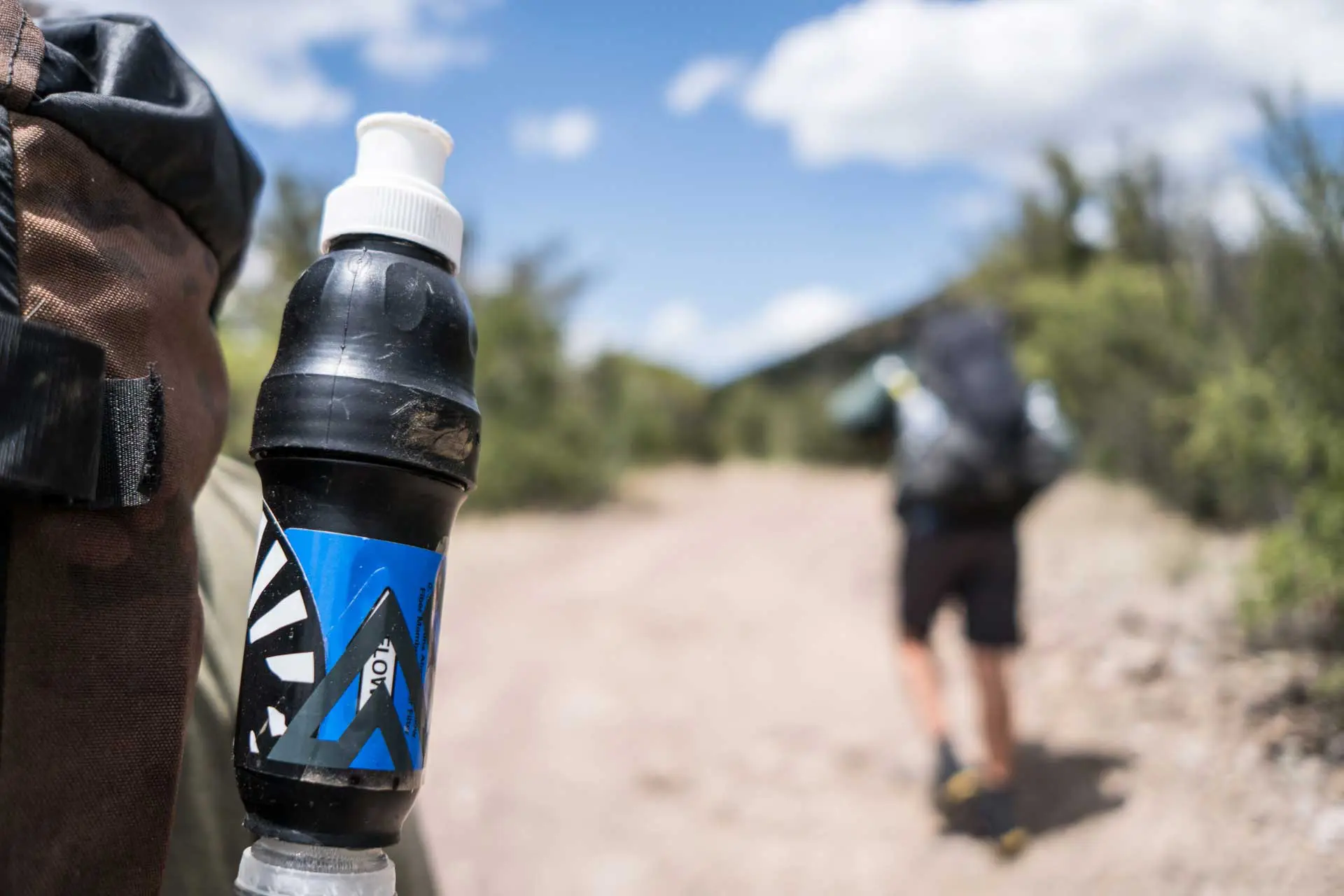
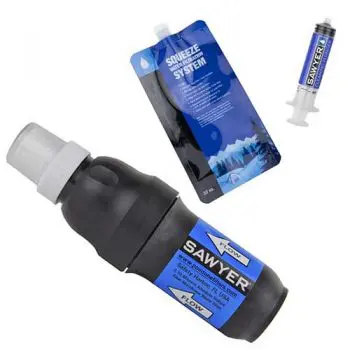

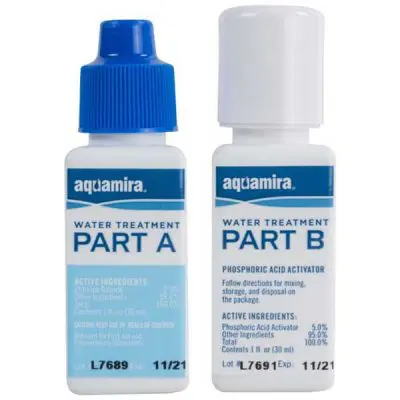

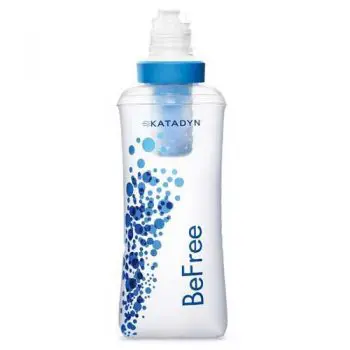

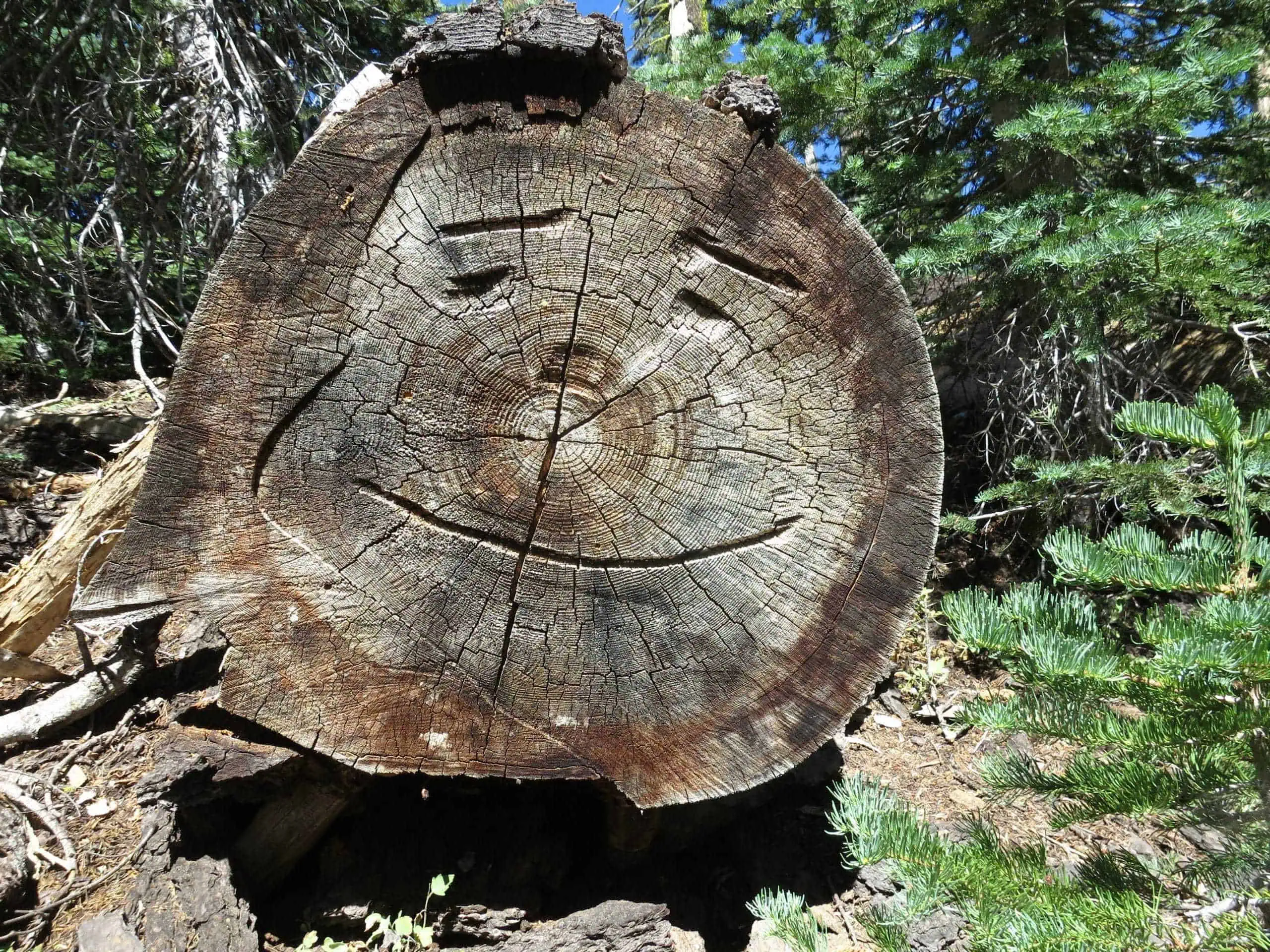
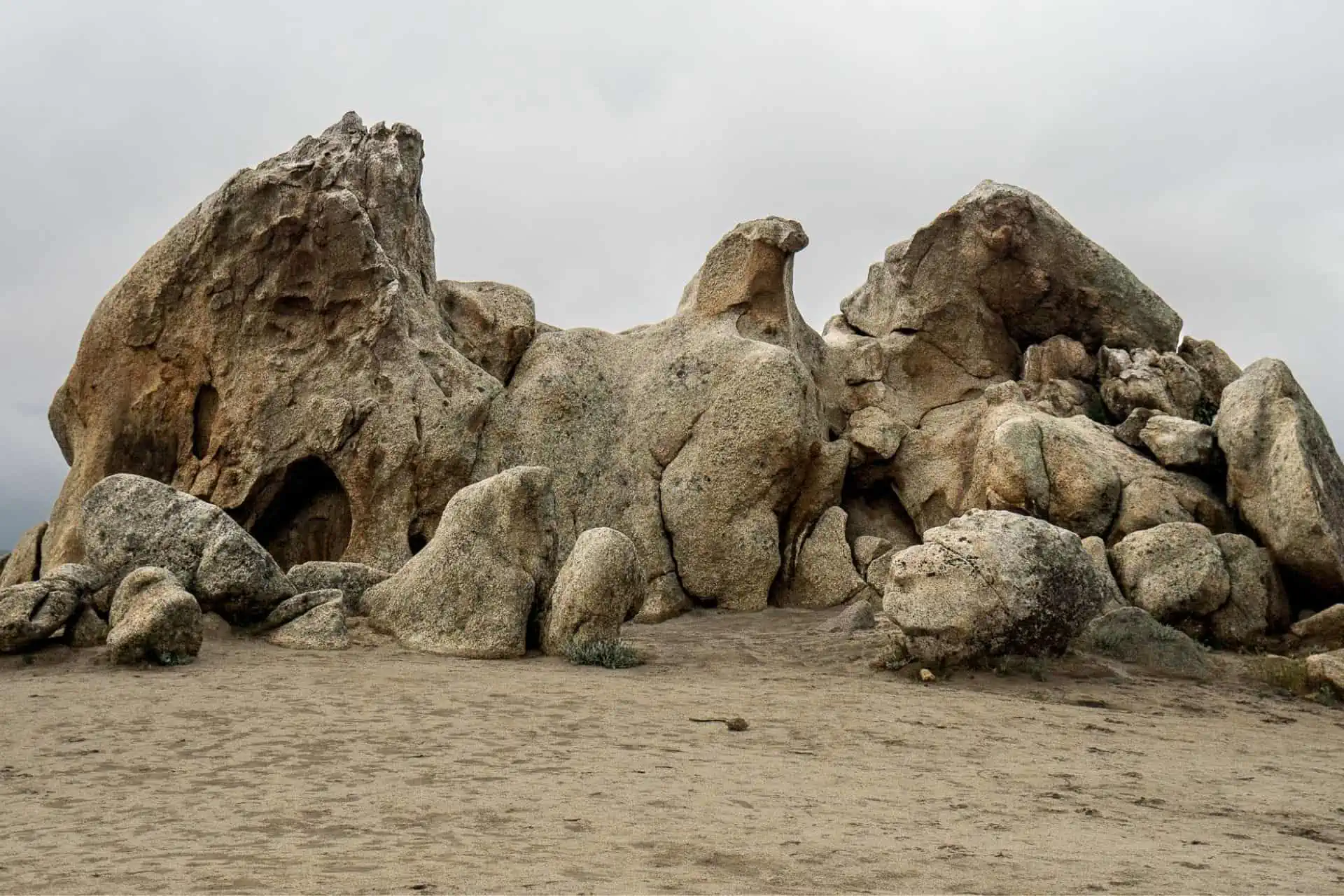


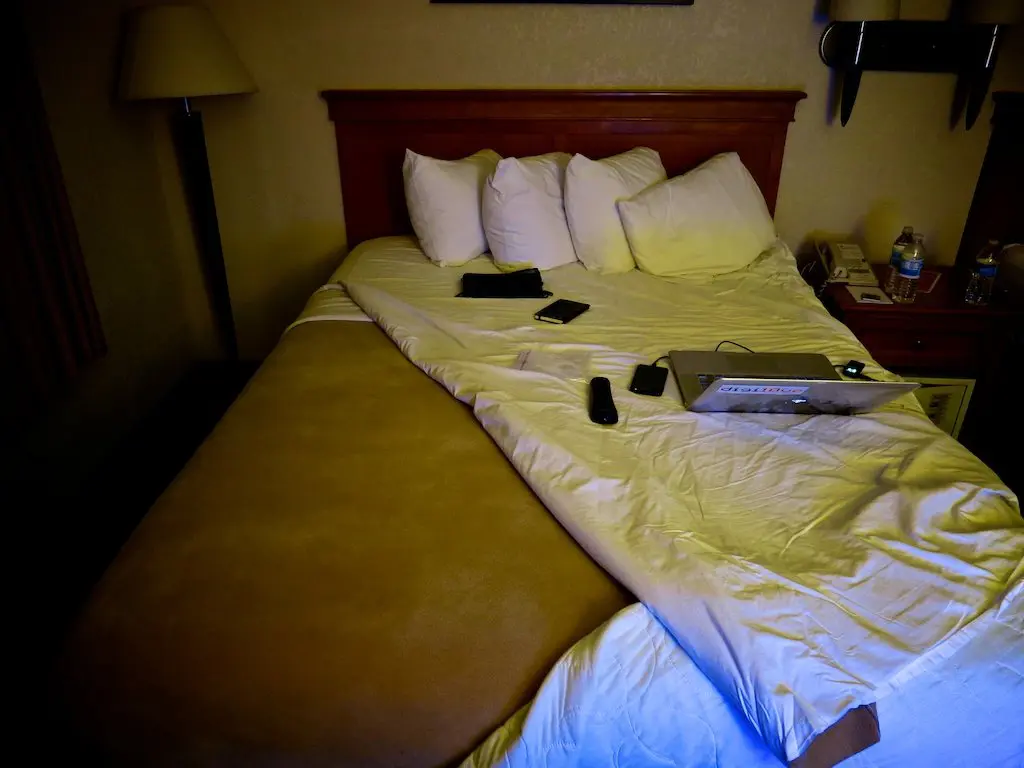
I was wondering if the MSR Guardian Purifier would be a bit over kill for the early sections? I know water can be hard found early doors, and as this would filter out all the nasties without the need to boil it could save both time and money, then swap to the sawyer when water is more redily available and possibly safer to drink without the need to boil. Any thoughts would be appreciated. Looking to hike it in 2023 and looking to see what kit i need to buy.
Sorry if I’m misreading this, but it looks like you are under the impression that you need to boil water filtered with a Sawyer? There’s no need to boil water after filtering with the Sawyer, Platypus QuickDraw, or Katadyn BeFree.
If the water source is fairly reliable for being clean then the sewyer would be great, if it is close to livestock or stagnent water however then boiling it to kill and virus particles would be the way to go. I know the sewyer does pretty much everything but virus. I assume that you never had to boil water for the first stint of the hike?
I am under the impression that viruses need not be of concern on the PCT and haven’t heard of hikers using hollow-fiber membrane filters encountering trouble due to viruses.
Thank you for this. Love this page, you’ve done a fantastic job on this. Can’t wait to stare death in the face on this wild adventure
Would like to see the MSR Trailshot added to this list…it’s far better than the Sawyer offerings.
Will investigate and add. Thanks for the recommendation!
What are the numbers….how many stop filtering somewhere along the trail?
Don’t know the answer to this, but I will include it on next year’s PCT Survey.
Apparently you can backflush the sawyer filters with a SmartWater bottle with the “sport nozzle”. So no need to bring that damn syringe.
Secret of the pros.
My mom is becoming increasingly nervous about the water situation on my thru-hike this summer, so I now have the Sawyer Mini, the Gravityworks and the Aquamira Drops–and now I find myself unable to explain to her that I won’t quite need all three…
Just have her waiting for you at every road crossing with a few liters of pristine drinking water :)
Any thoughts on the LifeStraw Go?
It’s alright for hiking, but maybe not the PCT since you can’t filter water with it and you would just need to carry around heaps of unfiltered water as you wait to transfer it into your Lifestraw. I’ve also heard complaints that they leak :(
I know this is super old but just wanted to weigh in on it.
Been using LifeStraw bottles for almost three years now and have never had an issue. The disclaimer here is that I’ve never done a thru-hike. I’ve backpacked for two weeks in the Canadian Rockies, done Grand Canyon R2R, backpacked Havasu Falls, spent two weeks backpacking Oregon, 10 days in Escalante, and numerous other smaller trips like that. I have only ever taken two LifeStraw water bottles for filtering on those excursions, as well as a CamelBack 2L water bladder on treks where I need to store more water than my bottles can hold in between re-supplies. I fill up the bottles and bladder, then when a bottle runs out, fill the bottle out of the bladder.
The LifeStraw bottles are super easy to use, there’s no work at all. Just put your water in the bottle and drink. Every so often, I pull out the filter and blow through it as recommended and that’s about it.
I’m bikepacking the Arizona Trail in April of next year and taking the same setup, I think it warrants more consideration. I never see it on any thru-hikers list for filtration and nobody ever really has a reason why they wouldn’t use them.
LifeStraw bottles aren’t for a thru-hike since they require all your extra storage bottles to be dirty bottles instead of just having one dirty bottle to filter from.
This has been a very helpful article, cheers!
Glad you enjoyed it!